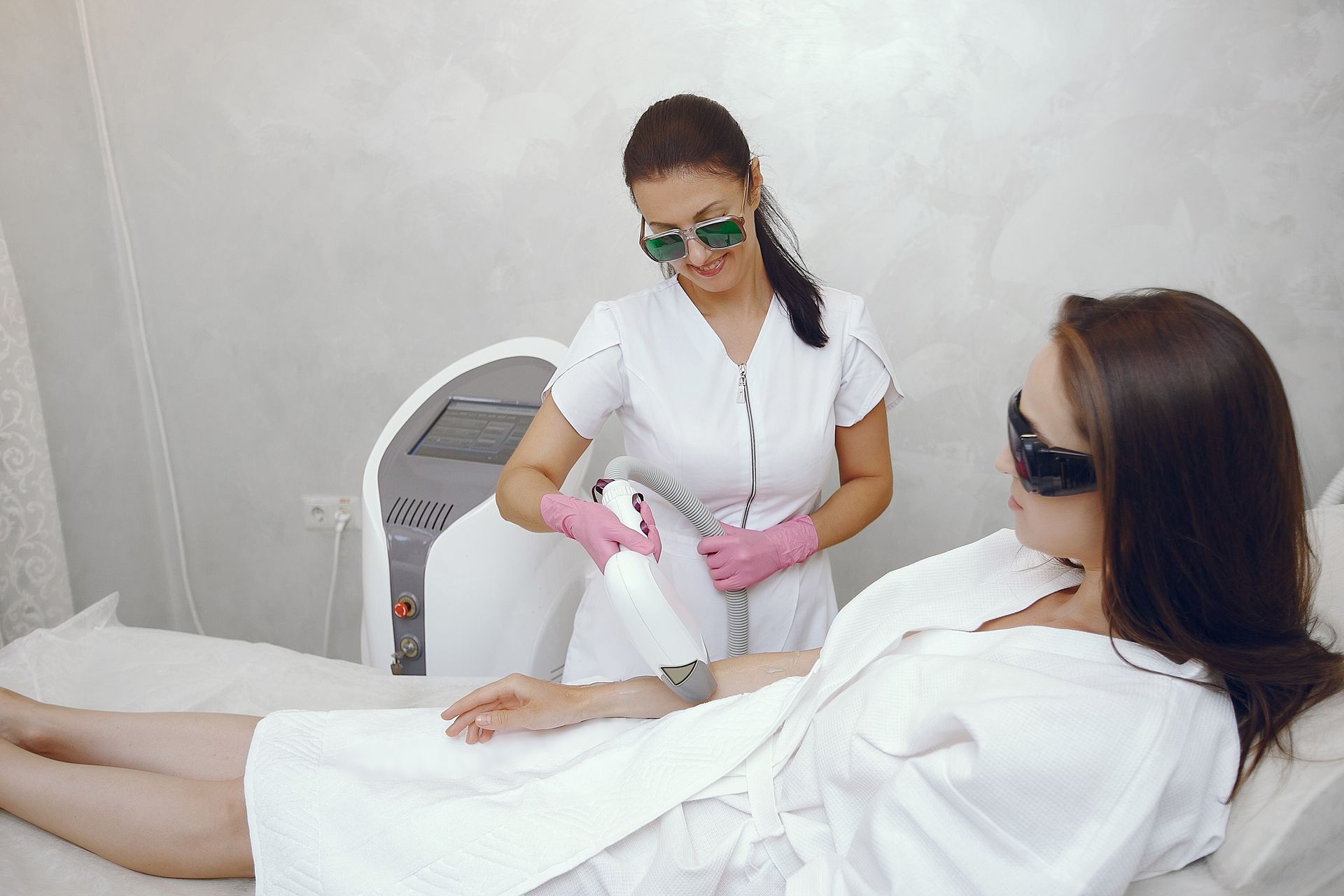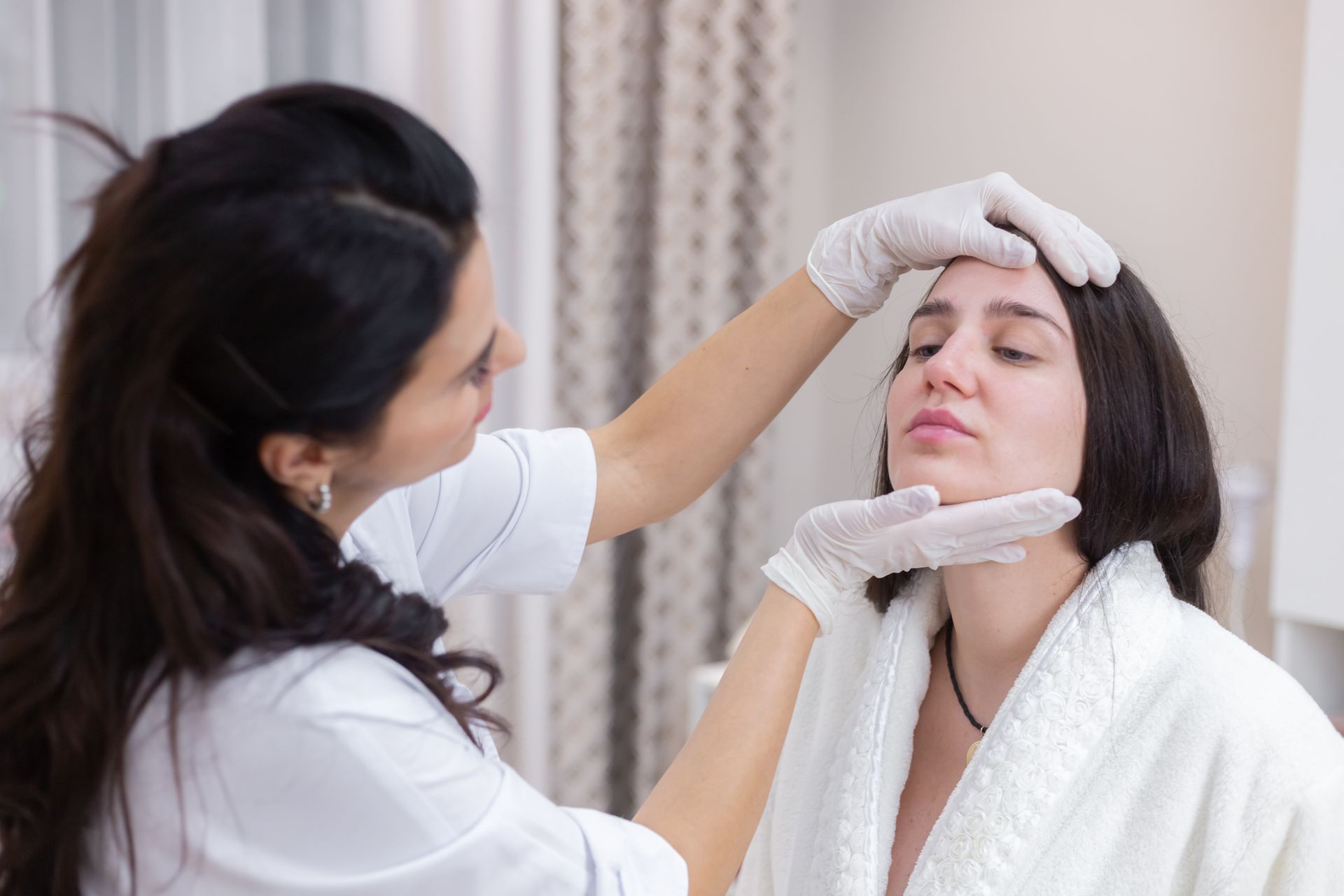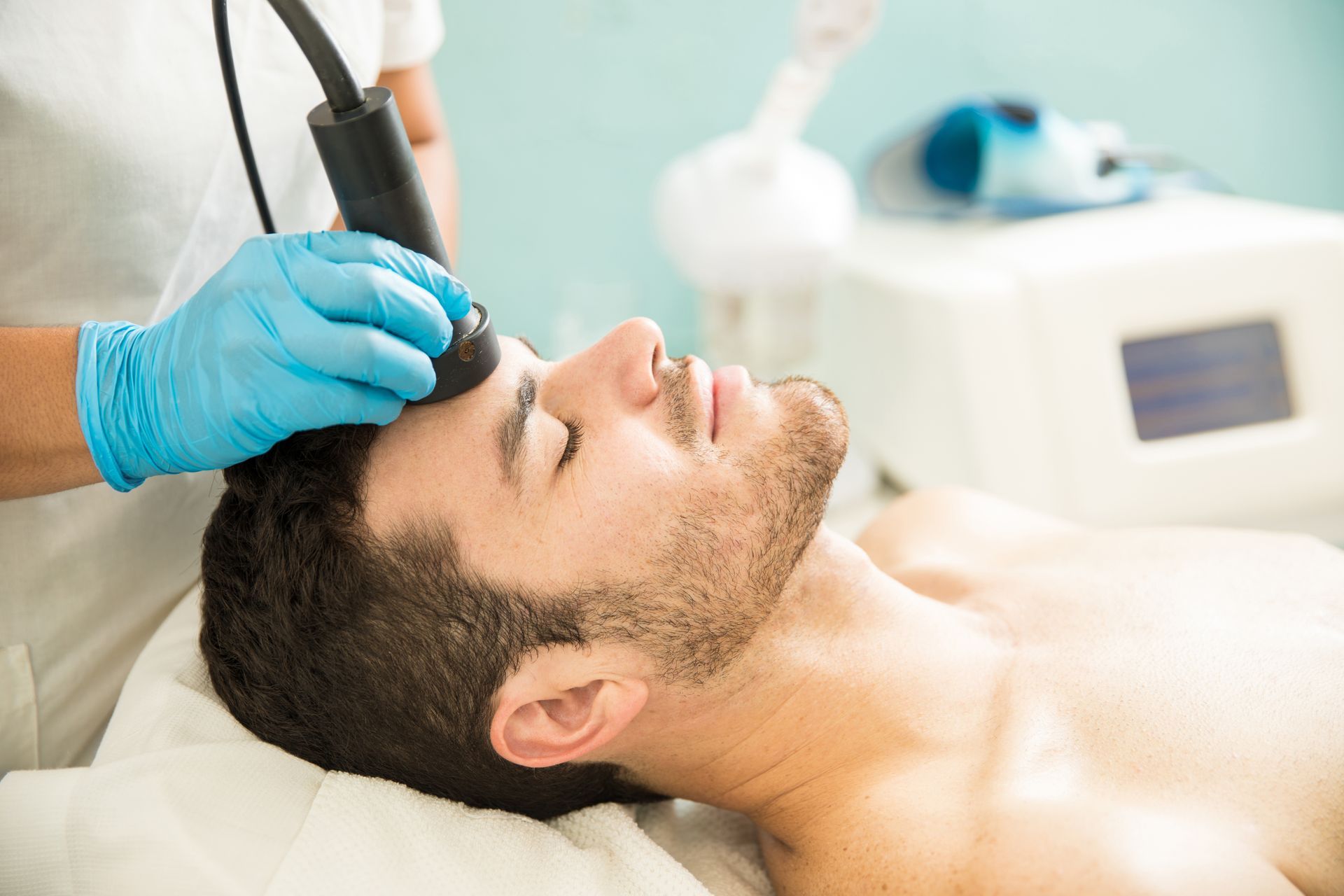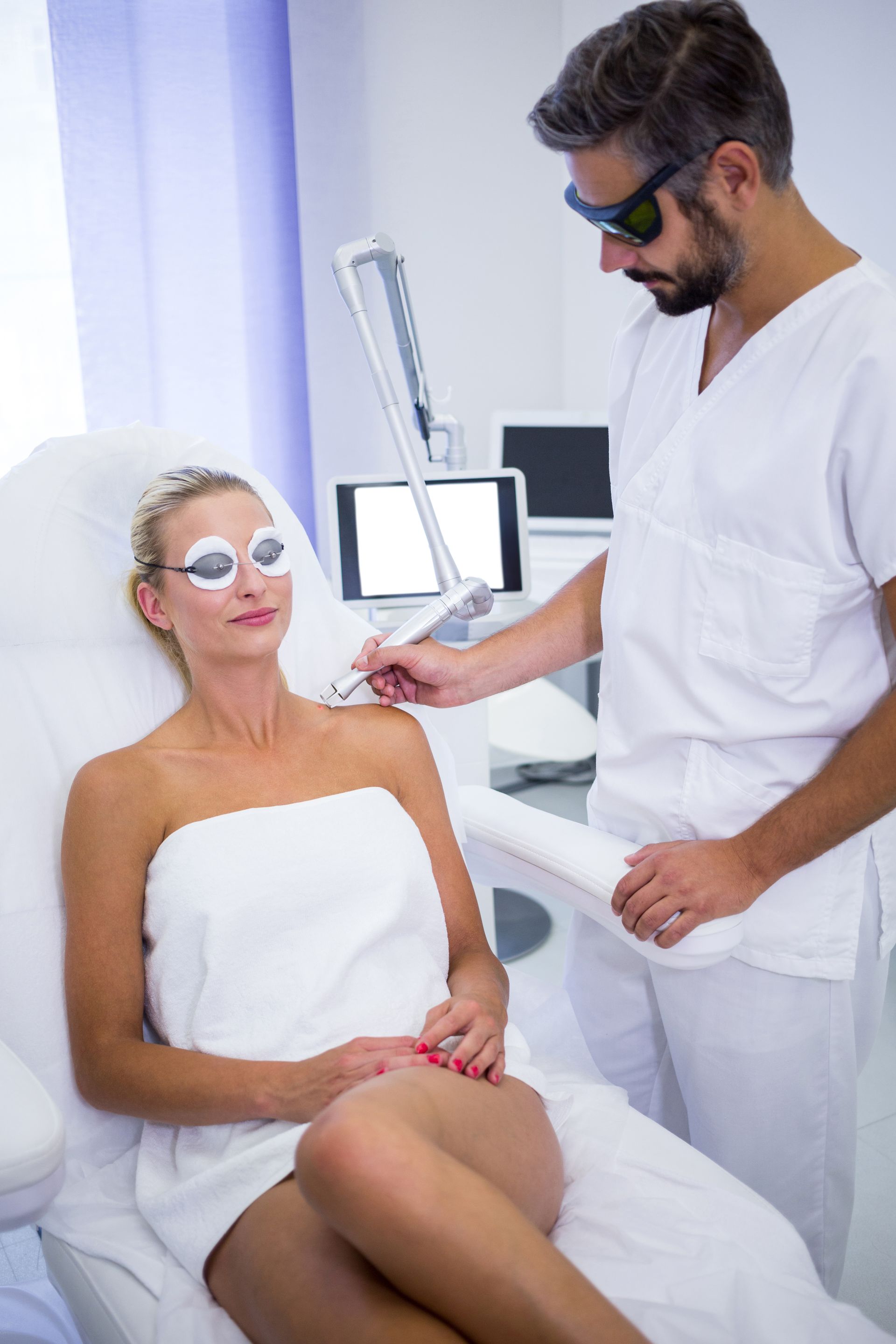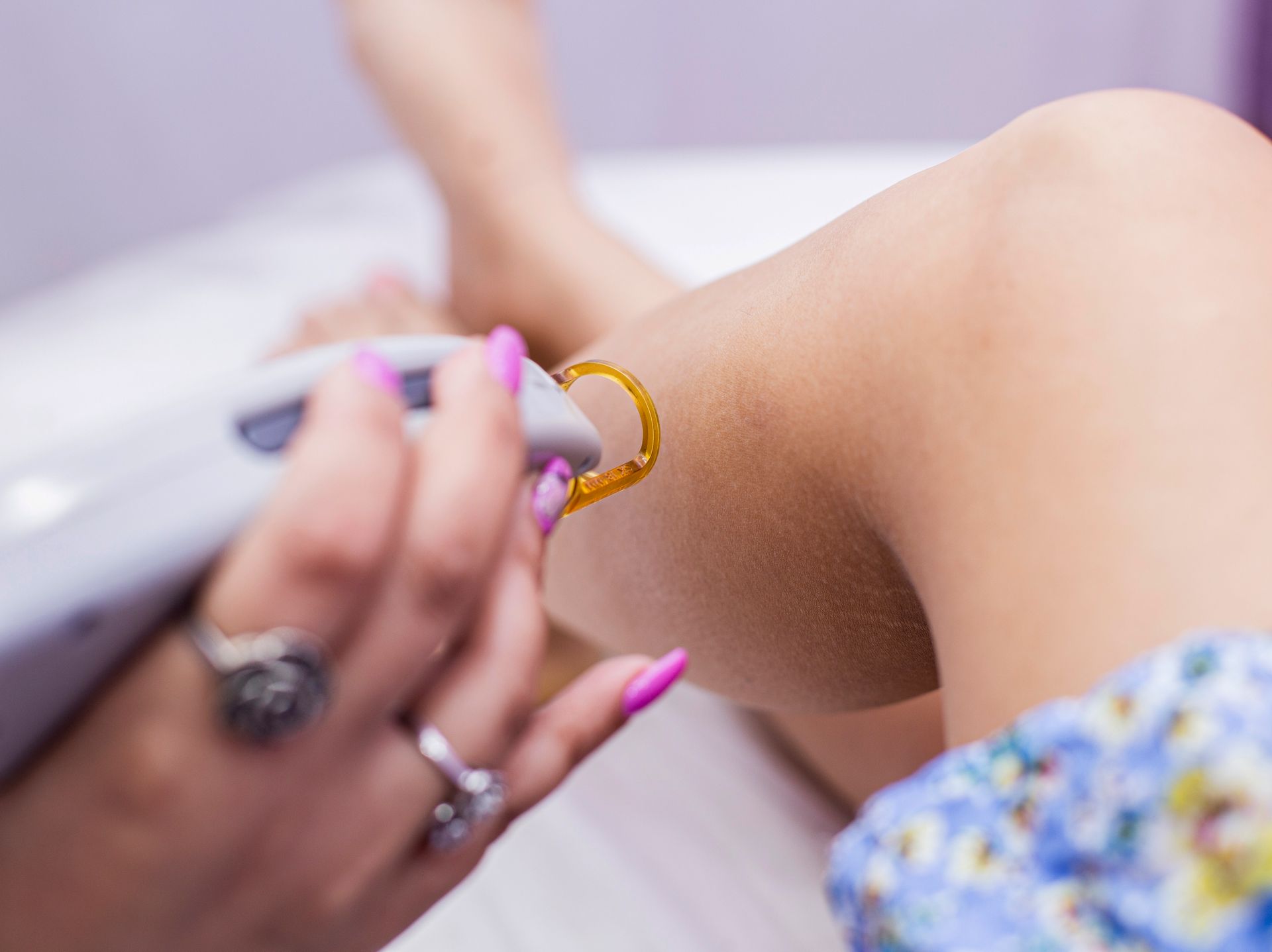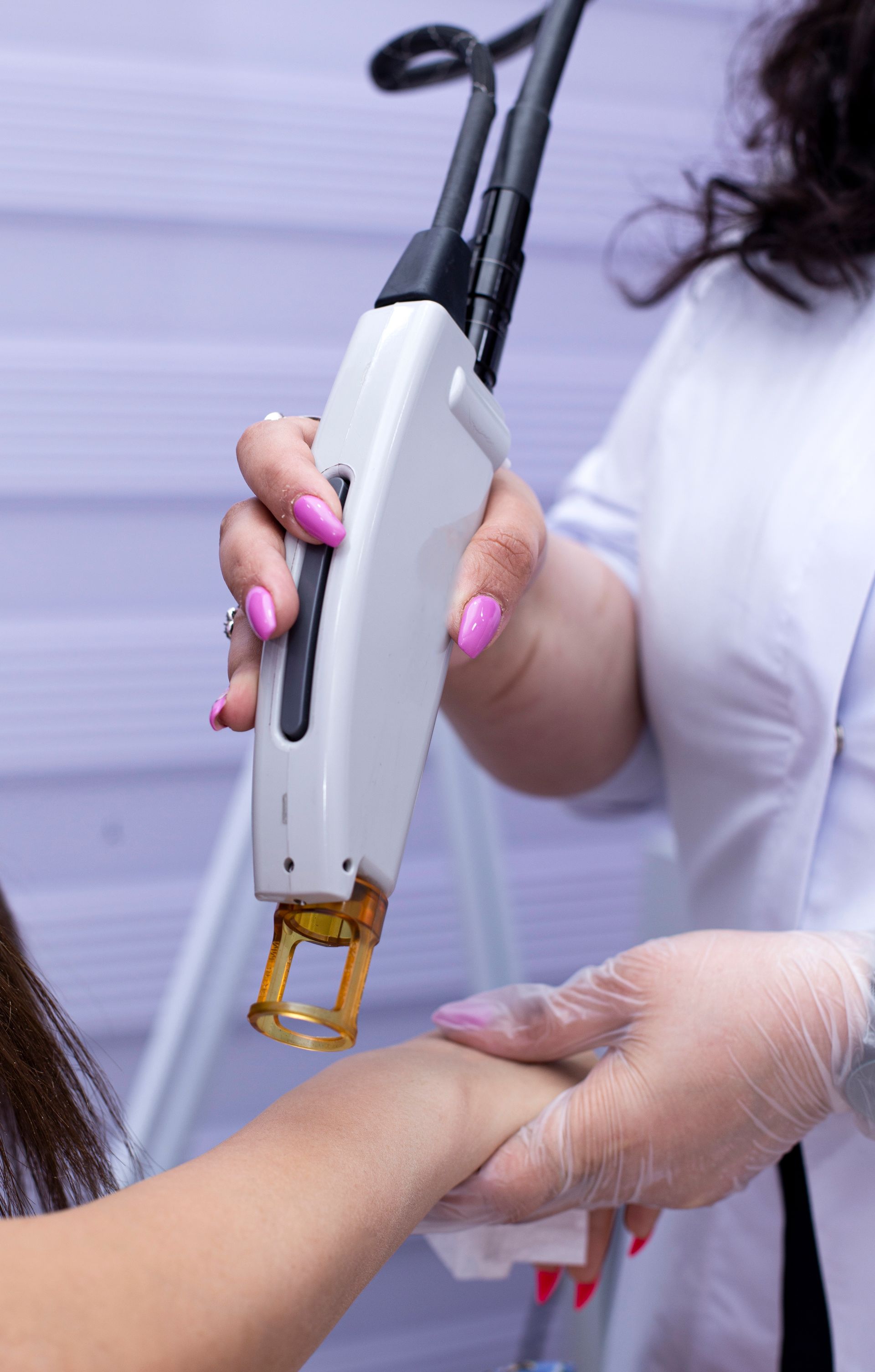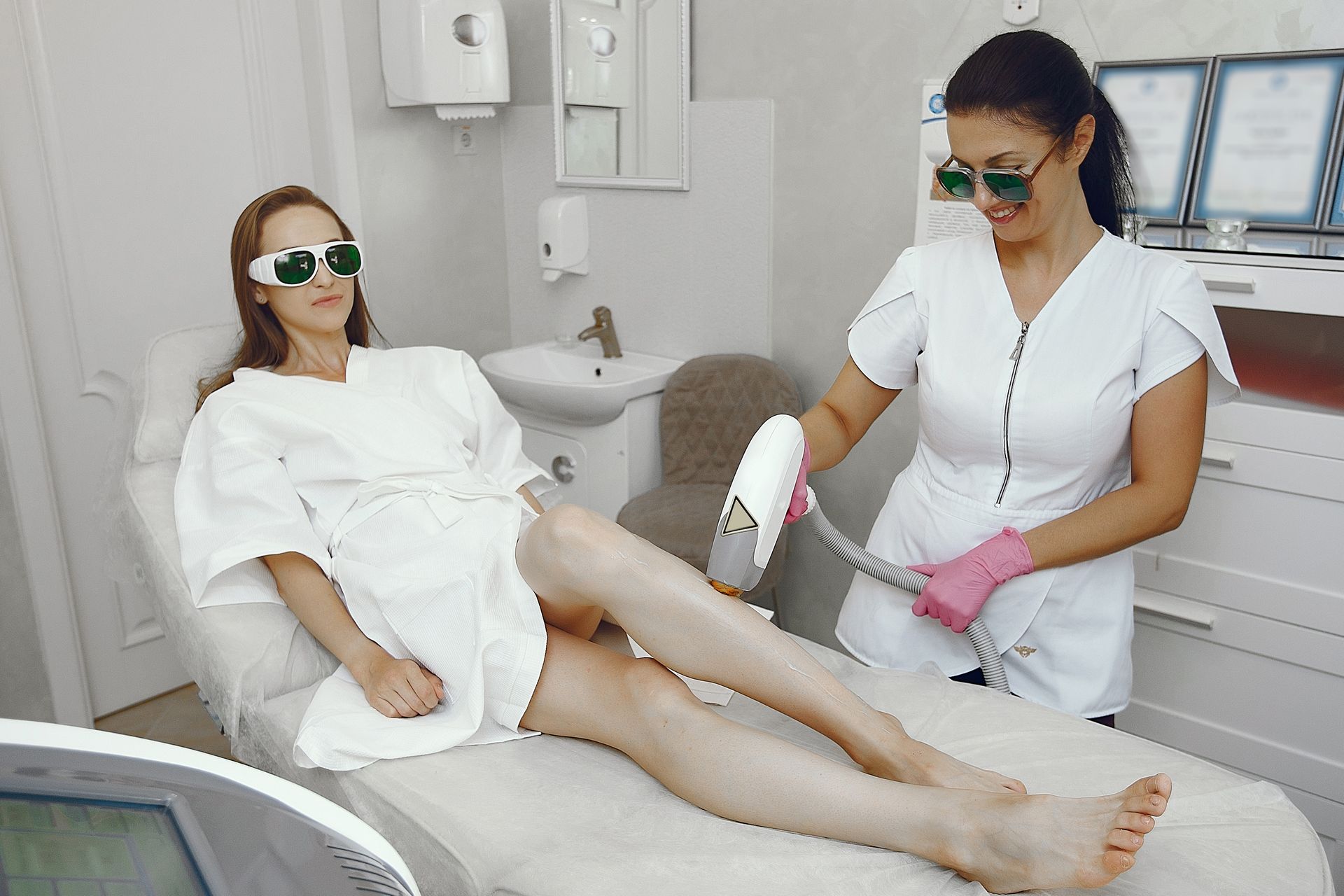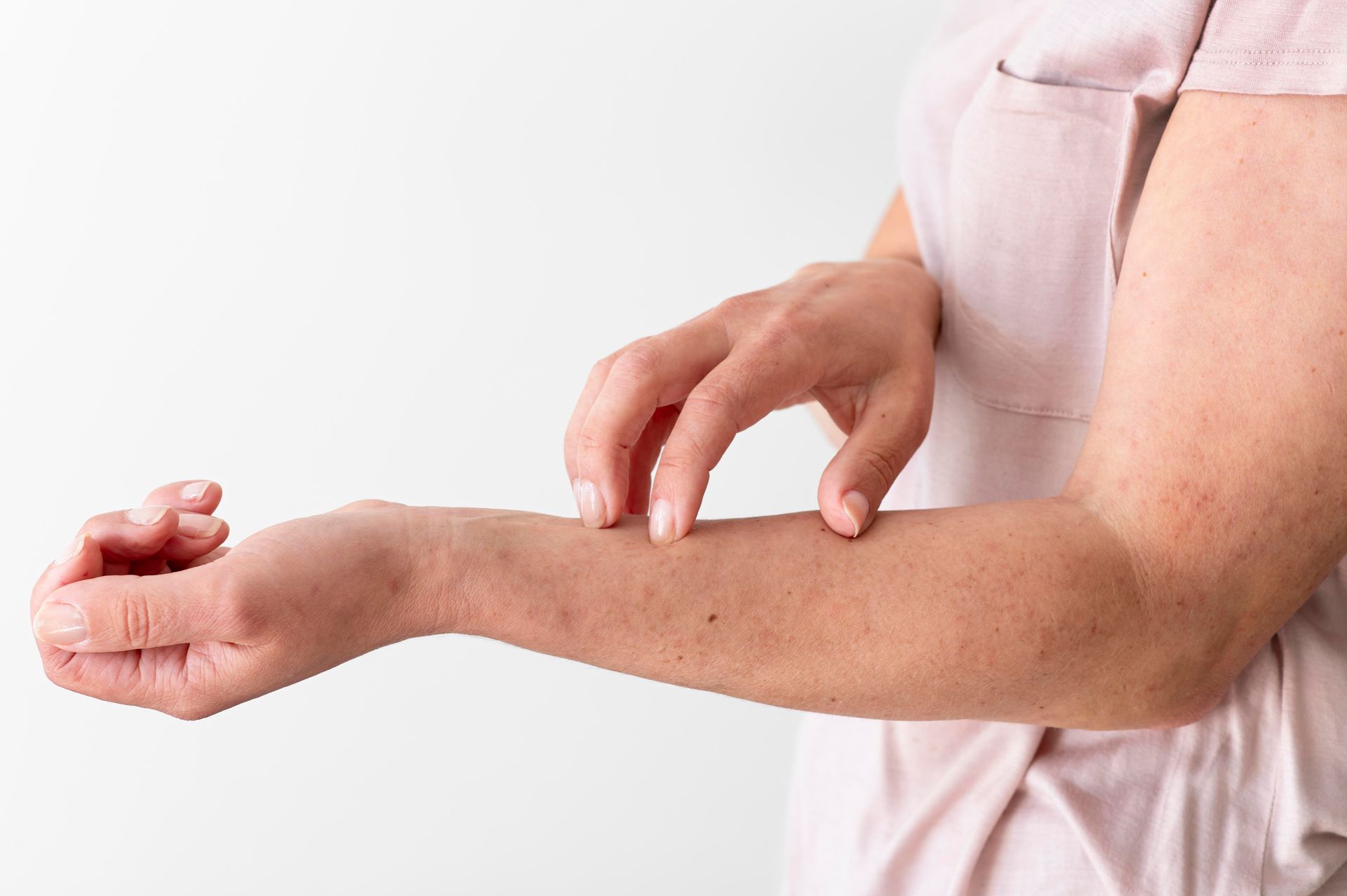Does Laser Hair Removal Work for PCOS-Related Hair Growth?
If you have polycystic ovary syndrome (PCOS), excess hair growth (hirsutism) can be one of the most visible and distressing symptoms. Laser hair removal is widely used to help manage unwanted hair—but when the hair growth is driven by hormones, does laser still work? The short answer: yes, laser can help significantly, but expectations, treatment planning, and possible combined therapies are different than for non-hormonal hair. Below I explain how laser works in PCOS, what the evidence shows, realistic outcomes, safety considerations, alternatives, and a practical plan you can discuss with your dermatologist or clinic.
Can You Do Laser Hair Removal if You Have Tattoos?
How laser hair removal works — a quick primer
Laser hair removal works by delivering light energy into the skin that is absorbed by the pigment (melanin) in the hair shaft. That energy converts to heat and damages the hair follicle, causing the hair to fall out and the follicle to miniaturize (produce thinner/fewer hairs). Because hair grows in cycles, multiple treatments spaced over weeks are required to catch hairs during their active (anagen) phase. The treatment is most effective on dark, coarse (terminal) hair because these follicles contain more melanin to absorb the laser.
Why PCOS changes the game (hormonal stimulation vs. isolated hair growth)
PCOS is an endocrine condition often characterized by elevated androgens (male hormones) or increased local sensitivity to androgens. These hormones stimulate hair follicles, particularly in androgen-sensitive areas (chin, jawline, upper lip, chest). Because the follicle’s activity in PCOS is driven by an ongoing hormonal signal, treated follicles may be more likely to regenerate or be replaced by new active follicles over time compared with hair in people without hormonal stimulation. That means that while lasers reduce numbers and density, the hormonal environment can partially blunt long-term permanence unless hormones are controlled.
What the research says: effectiveness and limits for PCOS-related hirsutism
Several reviews and clinical studies have examined laser and light-based therapies for hirsutism in PCOS. A 2024 systematic review concluded that laser and light therapies show potential to reduce hirsutism in PCOS and can improve quality of life, but evidence certainty is limited due to heterogeneity between studies and underrepresentation of darker skin types. In practice, many trials report meaningful hair reduction (often 40–80% depending on device and body site), but outcomes in PCOS patients tend to be less dramatic and sometimes slower than in non-hormonal cases.
A 2006 and later studies specifically comparing outcomes in PCOS patients found that laser can reduce hair counts but often requires more sessions and may need adjuvant (combined) approaches for persistent facial hirsutism. Observational studies and real-world cohorts also show improvements in quality of life after laser treatment for PCOS-related hair.
Bottom line from the evidence: laser helps — it reduces hair density and improves appearance and wellbeing — but it is normally not a single-permanent cure when androgens remain high. Expect significant reduction, repeated sessions, and possibly ongoing maintenance or combination therapy.
Which areas respond best and which are hardest in PCOS?
- Best response: large body areas with coarse terminal hair (legs, underarms, bikini). These show the greatest and fastest reduction.
- Moderate response: chest, abdomen, and arms—results are good but may need extra sessions.
- Most challenging: the face, especially the chin, jawline, and upper lip—areas prone to hormonal stimulation often need more sessions, higher maintenance, or alternate/additional treatments (e.g., electrolysis) for long-term clearance.
How many sessions will someone with PCOS likely need?
Typical protocols for non-hormonal hair removal recommend 6–8 sessions spaced 4–8 weeks apart, with periodic maintenance. For PCOS clients, the number of sessions tends to be on the higher side and maintenance visits are more likely. Clinical reports often show initial meaningful reductions after 3–6 sessions but emphasize that persistent facial hair may require more sessions, occasional top-ups, or combined medical management.
Practical expectation: plan for at least 6–10 sessions for fuller coverage areas, and be prepared for maintenance every 6–12 months depending on results and hormone control.
Best Age to Start Bikini Laser Hair Removal Safely
Will laser make PCOS hair worse (paradoxical hypertrichosis)?
A rare but real phenomenon is paradoxical hair growth — where light treatment can stimulate new hair growth in treated or adjacent zones. This is uncommon and more associated with inappropriate settings, certain lasers or IPL devices, or when treating fine vellus hairs. In PCOS, because follicles are already hormone-stimulated, careful patient selection and device choice is important to minimize this risk. Choosing an experienced clinic that uses the right wavelength and energy settings for your skin/hair type reduces the chance of paradoxical effects.
Combining laser with medical therapy — why this often gives the best results
Because PCOS has a hormonal basis, hair-control often benefits from a combined approach:
- Medical options: combined oral contraceptives, anti-androgens (like spironolactone), topical eflornithine (Vaniqa) can reduce hair growth or slow regrowth. These medications change the hormonal environment and can make laser results more durable.
- Procedural options: combining laser (for large areas) with electrolysis (for persistent single follicles on the face) can offer both efficiency and permanence where needed.
- Lifestyle: weight management and treating insulin resistance where present (e.g., metformin) may indirectly help hirsutism in some people.
Several reviews suggest laser plus pharmacologic therapy yields better outcomes than laser alone in hormonally-driven hirsutism. This is a common strategy: treat the follicle directly (laser) while reducing the follicle’s hormonal drive (medication).
Choosing the right device for PCOS-related hair
Not all lasers are identical. Device choice matters for both efficacy and safety:
- Diode and Alexandrite lasers: often very effective for dark, coarse hair on lighter-to-medium skin tones.
- Nd:YAG lasers: preferred for darker skin because they penetrate deeper and are less likely to cause pigment complications.
- IPL (intense pulsed light): can work but is less targeted than medical lasers and may be less effective or carry higher risk in darker skin or hormonally-stimulated hair.
A trusted clinic will tailor the device and settings to your Fitzpatrick skin type and the hair’s coarseness. Proper selection reduces side effects and optimizes results.
Safety and side effects specific to PCOS patients
Safety principles are the same, but extra attention is warranted for PCOS clients:
- Pigment changes and burns: more likely if the wrong wavelength or settings are used on darker skin. Use Nd:YAG devices for darker skin types.
- Inflammation around hormonally active follicles: sometimes more noticeable; good aftercare helps reduce irritation.
- Expectations management: emotional impact of persistent facial hair should not be underestimated — laser often improves quality of life, but partial results can still be distressing if expectations aren’t clear. Several studies report improved psychological well-being after laser treatment for PCOS-related hirsutism.
Practical treatment plan you can discuss with your clinic
- Comprehensive assessment: confirm PCOS diagnosis or endocrine cause, check medication list, discuss skin type and previous hair removal history.
- Baseline photography and hair counts: helps objectively measure progress.
- Test patch: particularly important on the face or on darker skin.
- Laser course: plan 6–10 sessions spaced 4–8 weeks apart depending on the site.
- Concurrent medical therapy: if you have active hormone imbalance, discuss OCPs, anti-androgens, or topical agents with your provider—co-management with a gynecologist/endocrinologist is common.
- Electrolysis option for stubborn facial hairs: reserve electrolysis for isolated persistent follicles after the bulk of reduction by laser.
- Maintenance: schedule touch-ups as needed (often 6–12 months after initial course).
- Follow-up and quality-of-life monitoring: hirsutism affects wellbeing; follow-up should include discussion of patient satisfaction and mental health support if needed.
Electrolysis vs Laser for PCOS facial hair — when to pick which
- Laser: faster for large areas and reduces density across many follicles. Good first-line for body and some facial areas if hairs are coarse and pigmented.
- Electrolysis: targets single follicles permanently and is independent of hair color — often the gold-standard for small, stubborn facial hairs (chin, upper lip) where hormonal regrowth persists.
Many clinics use a hybrid approach: laser to knock down most follicles, then electrolysis for final clearing in hormonally-driven facial zones. Recent comparative work suggests electrolysis may achieve higher long-term clearance for hormonally influenced facial hair, but it requires more time and session-by-session expense.
Realistic expectations — what “success” looks like for PCOS clients
- Substantial reduction in density and thickness of hair across treated areas.
- Longer periods between maintenance or shaving/waxing.
- Improved confidence and quality of life, even if a small amount of regrowth persists.
- Possible need for combined medication to maximize durability.
Honest pre-treatment counseling is critical: success is meaningful but usually not “one-time permanent cure” for hormonally driven hair unless hormones are controlled.
Wrapping up
Laser hair removal can be an effective and empowering option for those managing PCOS-related hair growth, but it’s important to go in with the right expectations. While it won’t “cure” the hormonal drive behind hirsutism, it can dramatically reduce the thickness, density, and visibility of unwanted hair—especially when combined with medical management and occasional maintenance sessions. For many women, that translates into smoother skin, less time spent on daily hair removal, and a meaningful boost in confidence. With the right clinic, the right technology, and a personalized plan, laser remains one of the best long-term strategies to manage PCOS hair growth safely and successfully.
BOOK YOUR FREE SESSION
